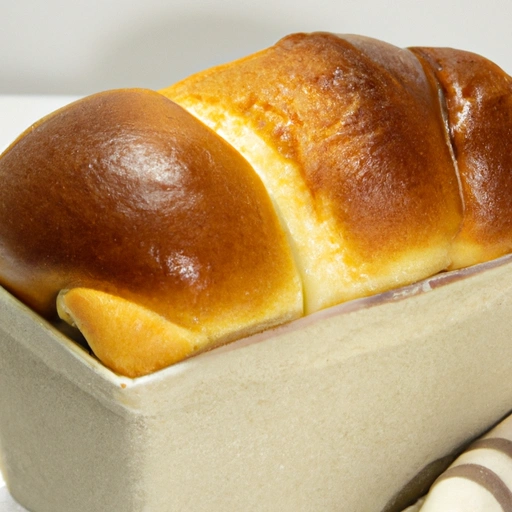Regular Sweet Bread
Description

Regular sweet bread is a type of bread characterized by its slightly sweet flavor and soft texture. It is made with basic ingredients such as flour, sugar, yeast, milk, and eggs. The sweetness level can vary from subtle to pronounced, making it a versatile ingredient in both sweet and savory dishes. In recipes, the ingredient measurements for regular sweet bread can be given in both American units (cups, tablespoons, and teaspoons) and European units (grams and milliliters).
Common uses
Regular sweet bread is commonly used as a breakfast item, served toasted with butter, jam, or as the base for French toast. It is also enjoyed as a snack, often with a spread of peanut butter or chocolate. In some cultures, sweet bread is a traditional component of afternoon tea or coffee time.
Nutritional value
Calories
Typically, a slice of regular sweet bread contains between 80 and 120 calories, depending on its ingredients and density.
Protein
Sweet bread may contain about 2 to 4 grams of protein per slice, primarily from the flour and eggs used in its preparation.
Fat
The fat content in sweet bread can range from 1 to 5 grams per slice, with variations based on the use of butter, milk, or oil.
Carbohydrates
Carbohydrates are present in sweet bread at approximately 15 to 25 grams per slice, largely due to the flour and sugar content.
Vitamins
Sweet bread may offer a range of B vitamins, particularly if enriched flour is used in its baking process.
Minerals
Minerals such as calcium and iron may be found in sweet bread, often as a result of fortified ingredients.
Health benefits
While regular sweet bread is often enjoyed for its taste rather than its health benefits, it can provide some nutritional value, such as energy from carbohydrates and a modest amount of protein. The presence of B vitamins and minerals can contribute to overall dietary balance when consumed in moderation.
Potential risks
Due to its sugar and carbohydrate content, regular sweet bread should be consumed in moderation as part of a balanced diet. Overconsumption may contribute to weight gain and increased blood sugar levels, particularly for individuals with diabetes or metabolic syndrome.
Common recipes
Regular sweet bread is used in a variety of recipes, from simple toast to elaborate bread puddings, sandwiches, and holiday stuffings.
Cooking methods
It can be baked, toasted, grilled, or even fried to create diverse textures and flavors. Sweet bread also makes a great base for custard-soaked dishes like French toast and bread pudding.
Pairing with other ingredients
Its mild sweetness pairs well with both sweet and savory toppings, including fresh fruits, deli meats, and an array of cheeses.
Summary
Regular sweet bread is a delightful ingredient that spans a multitude of culinary traditions. Its historical origins and adaptability make it a cherished part of many meals, from a quick breakfast to a sophisticated dessert. With its balanced nutritional profile and wide range of uses, it holds a place in kitchens around the globe.